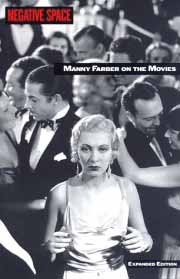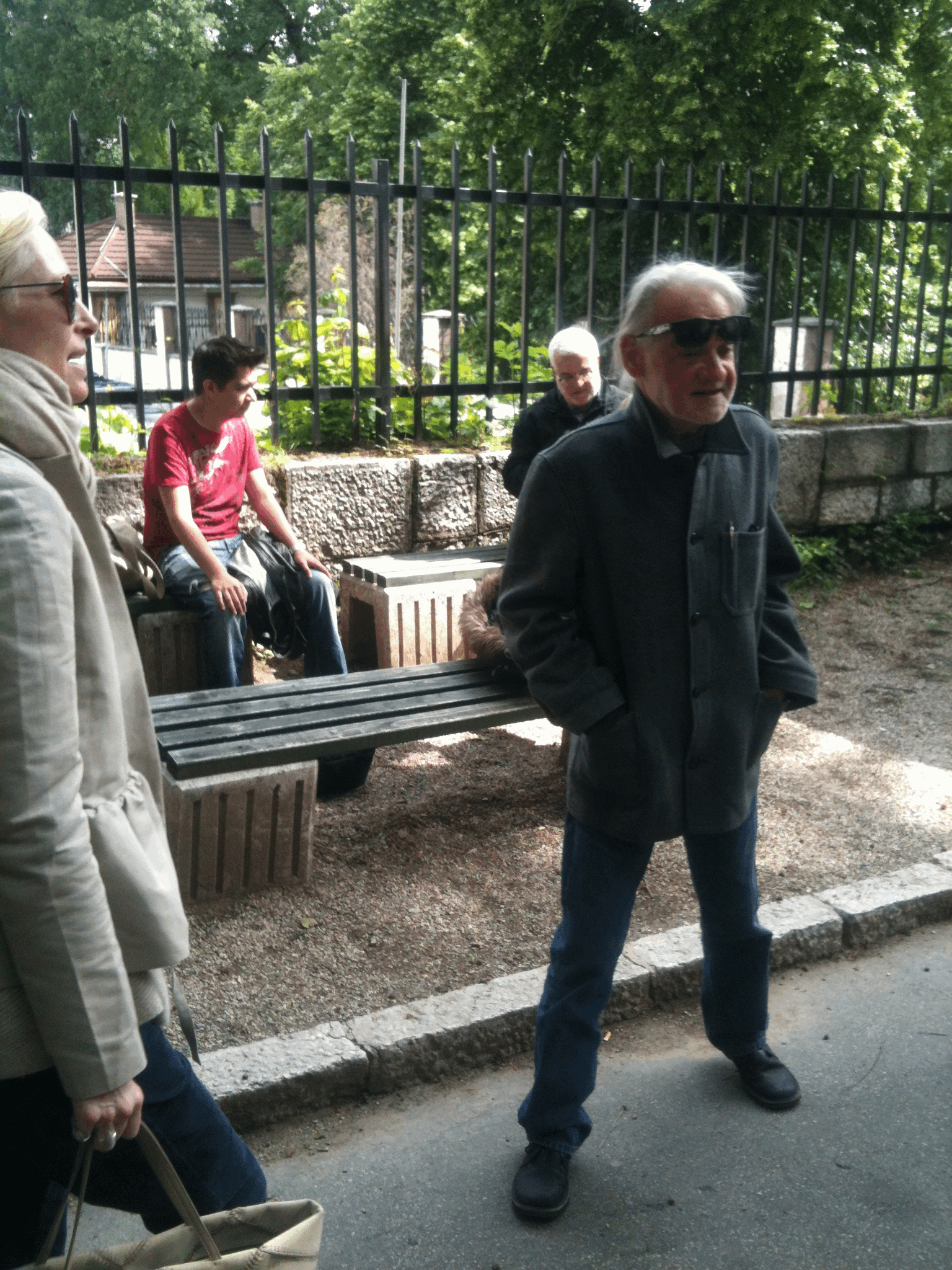From the May 12, 2000 issue of the Chicago Reader. –J.R.

Negative Space
Rating *** A must see
Directed and written by Chris Petit
With Robert Mitchum, Manny Farber, Dave Hickey, and (as narrator) Petit.

There aren’t many films or videos about film criticism, especially ones that perform the actual work of film criticism. An interesting and ambitious exception is Chris Petit’s Negative Space (1999), an experimental 39-minute video made for BBC TV that’s being shown for free by Chicago Filmmakers at the Chicago Cultural Center this Friday, along with Petit’s The Falconer (1998). Named after the only book by film critic, painter, and teacher Manny Farber — a 1971 collection reprinted in an expanded edition in 1998 — Petit’s video wrestles with American landscape and culture, irony, memory, Las Vegas, the beginning of a new millennium, death, desert, film versus video, J.M.W. Turner’s painting, several movies (including Howard Hawks’s The Big Sleep, Jacques Tourneur’s Out of the Past, and Roberto Rossellini’s Voyage to Italy), as well as two critics, Farber and Dave Hickey. Petit also looks at Farber as a painter and an art critic and Hickey as an art critic, a resident of Las Vegas, an appreciator of Farber, and a commentator on American culture. Read more
Posted on Sight and Sound‘s web site 18 July 2013, and then expanded (by about 50%) at the request of Trafic‘s Raymond Bellour later that month for its French translation in Trafic #88, published in early December. This has also appeared in German translation in the September 2013 issue of Cargo, and a Spanish translation appeared in mid-August 2014 on Roger Koza’s web site. I’ve slightly updated the version here in a few particulars and added some photos.
I returned to Film.Factory for my fourth two-week stint to date on October 24, 2015, this time to teach a history of independent cinema around the world. — J.R.


First of all, what is film.factory?
It’s usually thought of and referred to as a film school that’s been recently set up in Sarajevo, housed at the Sarajevo Film Academy. But Béla Tarr, who created it, isn’t happy with this classification. He’d rather call it a workshop or, as its name suggests, a factory that produces films in which he serves as a producer. And he’d rather speak of the sixteen filmmakers he selected late last year from fourteen countries (Austria, the Czech Republic, France, the Faro Islands, Iceland, Iran, Japan, Mexico, Poland, Portugal, Serbia, Spain, the U.K., Read more
From the Chicago Reader (February 17, 1995). — J.R.

One of the strangest things about the elusive career of Otto Preminger (1905-1986) is that it remains elusive not because of the man’s invisibility but because of his relative omnipresence in the public eye. Though never as familiar as Alfred Hitchcock, he cut an imposing figure in the media, registering much more than either John Ford or Howard Hawks. Preminger was well known for his Nazi roles in Margin for Error (1943) and Stalag 17 (1953), for appearing in TV guest spots on Batman and Laugh-In and numerous talk shows, as a colorful player in Tom Wolfe’s Radical Chic, and for grabbing headlines as the man who defied the Production Code of the 50s and the lingering Hollywood blacklist of the 60s while grandly mounting well-publicized movie versions of best-sellers like Anatomy of a Murder, Exodus, Advise and Consent, and The Cardinal. Since he was one of the first of the high-profile American independents after the heyday of Griffith and Chaplin and moved from Hollywood to New York in the early 50s and never shifted his home base later, in most people’s minds he was more producer than director. Read more





